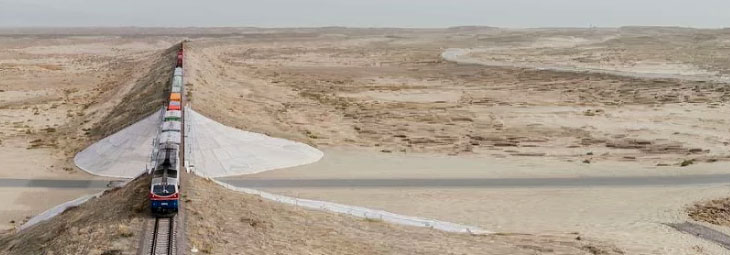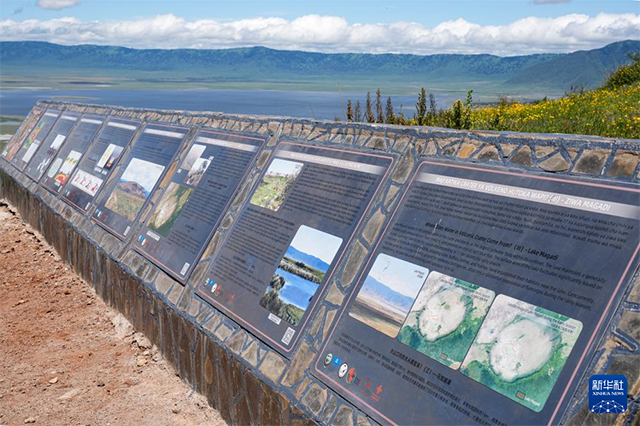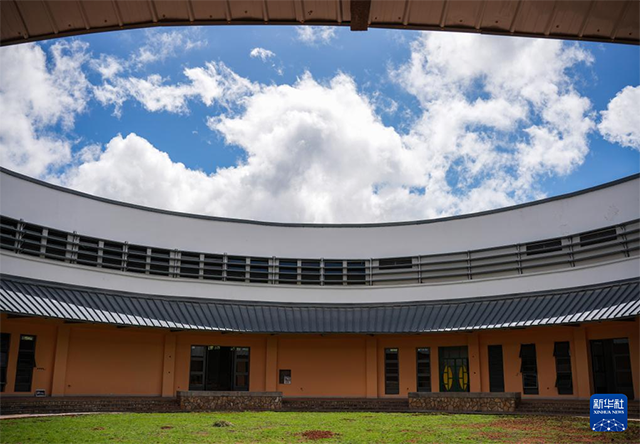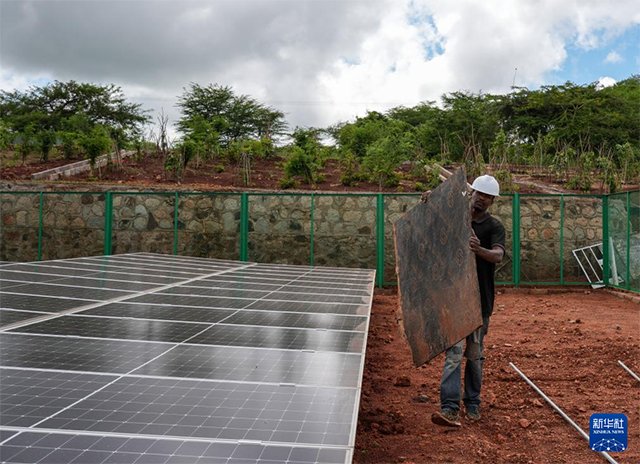


The comprehensive enhancement project of the Ngorongoro-Lengai Geo-park, Tanzania’s first UNESCO Global Geo-park aided by China, is progressing steadily. The technical assistance phase is nearing completion, and infrastructure development is expected to be finalized by June this year. The project is seen as a key demonstration of China-Africa cooperation in ecological conservation and sustainable development.
The Ngorongoro Crater, located in northern Tanzania, is renowned for its enclosed ecosystem and rich biodiversity, earning it the nickname “Africa’s Eden”. Despite its exceptional geological, ecological, and cultural value, the park received a “yellow card” warning in UNESCO’s 2022 evaluation due to inadequate infrastructure and poor interpretive systems, putting its Global Geo-park status at risk.
In June 2023, China launched its assistance project for the Ngorongoro-Lengai Geo-park. Organized by the Department of International Economic Cooperation under China’s Ministry of Commerce, the project comprises two components: technical assistance, implemented by the Tianjin Center of China Geological Survey, and infrastructure development, carried out by the China Railway 25th Bureau Group.
The project covers geological heritage surveys, master planning, talent training, museum construction, viewing platforms, and interpretation systems. It aims to comprehensively enhance the park’s conservation and presentation capabilities, supporting its re-evaluation by the end of 2024.
During the implementation process, China and Tanzania cooperated closely, overcoming numerous challenges such as material shortages, equipment coordination difficulties, and rainy-season construction. To date, most infrastructure work has been completed. The museum’s exhibition installation is underway, and once finished, it will serve as a landmark building and core visitor center of the geo-park.

Photo taken on April 26 shows an interpretation board built by a Chinese company at the Ngorongoro-Lengai Geopark in Arusha, Tanzaniaa[Photo/Xinhua]
The museum incorporates architectural elements from both Chinese and African cultures and utilizes green building materials and solar technology, embodying principles of energy conservation and environmental protection.

Photo taken on April 26 shows the construction site of the Ngorongoro-Lengai Geopark Museum in Arusha, Tanzania[Photo/Xinhua]
The project promotes local geological research and tourism while showcasing China’s capabilities in geo-heritage protection and science education. According to a representative from the Tianjin Geological Survey Center, this marks China’s first overseas aid project in the field of geo-parks, demonstrating the international contribution of “Chinese wisdom” and “Chinese solutions”.
The museum will employ digital technologies to comprehensively present geological evolution, biodiversity, and relics of human civilization, creating a multi-sensory immersive experience and serving as a major platform for the world to explore Tanzania’ s natural and cultural heritage.
China’s assistance has been widely appreciated locally. Many tourists and educators believe the project makes geological heritage more vivid and accessible, helping to promote the concepts of sustainable development and geo-science education. Once completed, the project is expected to significantly boost the geo-park’s international influence and solidify its status as a model for global natural and cultural heritage conservation.

On April 26, a worker is seen at the construction site of the museum at the Ngorongoro-Lengai Geopark in Arusha, Tanzania[Photo/Xinhua]
Source:https://www.yidaiyilu.gov.cn/p/0JJMLICE.html
Edited and Translated by Lu Yufei